
Berlin's Tempelhof Airport offers tours in Czech
Berlin - The former Berlin Tempelhof Airport ranks among the largest buildings in the world. Although it has not served its purpose for four years, the megalomaniac terminal building from the Nazi era remains a sought-after destination for visitors to the German metropolis. Czechs can now also take tours in Czech and closely learn about not only the extensive complex but also its colorful history, which was impacted by forced laborers from Bohemia and Moravia during World War II.
"Tempelhof was originally designed to handle thirty times its annual traffic. At its time, it truly was among the largest buildings in the world, but it was not the largest building," disproved this myth guide Jaroslav Ondříček before entering the more than one-kilometer-long multi-story colossus, which covers an area of 300,000 square meters and was built on the site of the original airport from the 1920s.
The gigantic semi-circular building with 13 prominent cubic towers, resembling a fortress from the outside, was not meant to serve only air transport and aerial displays. "Hitler personally and the architects he appointed did not want to build just an airport as such, but were tasked with constructing a building that would serve as a showcase for Nazi propaganda," described Ondříček. Nazi eagles can still be seen on the facade, and its head dominates the approach to what was once the main entrance hall.
Its majestic 18 meters in height no longer impress visitors today due to later construction modifications; however, thanks to the tours, they can also visit the larger upper part, which still bears traces of wartime damage. These are also evident in other parts of the site, as well as post-war completions that visibly differ from the original building designed by Hitler's architect Ernst Sagebiel.
Construction of its completion was interrupted by World War II, after which military aircraft began to be assembled here. For this production, the Nazis also used forced labor from occupied European countries. "The first were the Poles, then those sourced from the Protectorate of Bohemia and Moravia," Ondříček explained, noting that several hundred Czechs were there. "In total, around 2000 forced laborers worked here, and the Czech minority was represented quite abundantly," he added.
The giant terminal survived the war with relatively minor scars, for which the guide attributed to the Allies' plans for post-war use. As early as 1945, the Americans established a base there, which played one of the key roles in the airlift that supplied the Soviet-blockaded western part of Berlin for nearly a year. Later, civil air transport moved in there, and for many refugees from the Eastern Bloc, Tempelhof became the gateway to freedom behind the Iron Curtain.
However, the airport, located within sight of the city center, could no longer accommodate the increasingly larger aircraft, gradually became outdated, and permanently closed at the end of October 2008. The runways and adjacent areas have transformed into a recreational park, which Berliners enjoy for sports or picnics. In the vast spaces of the former terminal, fairs and social events are held; many companies have established their headquarters in the complex.
Despite this, a large portion of this colossal, monument-protected building remains generally closed to the public, and it can only be accessed through guided tours. "The tour will guide us through the building from the basement or even better, the sub-basement, from the aircraft bunkers and the film archive of Lufthansa all the way to the highest point, which means the rooftop terrace, from which there is a wonderful view of the open area behind the airport terminal," described the excursion Ondříček, thanks to whom Czechs can now partake in it in their native language.
However, they must register in advance on the website of the organization Tempelhofer Freiheit, which organizes the tours, and prepare for a small "walkabout." Visiting only the most interesting places inside and around the once legendary airport takes about 2.5 hours.
"Tempelhof was originally designed to handle thirty times its annual traffic. At its time, it truly was among the largest buildings in the world, but it was not the largest building," disproved this myth guide Jaroslav Ondříček before entering the more than one-kilometer-long multi-story colossus, which covers an area of 300,000 square meters and was built on the site of the original airport from the 1920s.
The gigantic semi-circular building with 13 prominent cubic towers, resembling a fortress from the outside, was not meant to serve only air transport and aerial displays. "Hitler personally and the architects he appointed did not want to build just an airport as such, but were tasked with constructing a building that would serve as a showcase for Nazi propaganda," described Ondříček. Nazi eagles can still be seen on the facade, and its head dominates the approach to what was once the main entrance hall.
Its majestic 18 meters in height no longer impress visitors today due to later construction modifications; however, thanks to the tours, they can also visit the larger upper part, which still bears traces of wartime damage. These are also evident in other parts of the site, as well as post-war completions that visibly differ from the original building designed by Hitler's architect Ernst Sagebiel.
Construction of its completion was interrupted by World War II, after which military aircraft began to be assembled here. For this production, the Nazis also used forced labor from occupied European countries. "The first were the Poles, then those sourced from the Protectorate of Bohemia and Moravia," Ondříček explained, noting that several hundred Czechs were there. "In total, around 2000 forced laborers worked here, and the Czech minority was represented quite abundantly," he added.
The giant terminal survived the war with relatively minor scars, for which the guide attributed to the Allies' plans for post-war use. As early as 1945, the Americans established a base there, which played one of the key roles in the airlift that supplied the Soviet-blockaded western part of Berlin for nearly a year. Later, civil air transport moved in there, and for many refugees from the Eastern Bloc, Tempelhof became the gateway to freedom behind the Iron Curtain.
However, the airport, located within sight of the city center, could no longer accommodate the increasingly larger aircraft, gradually became outdated, and permanently closed at the end of October 2008. The runways and adjacent areas have transformed into a recreational park, which Berliners enjoy for sports or picnics. In the vast spaces of the former terminal, fairs and social events are held; many companies have established their headquarters in the complex.
Despite this, a large portion of this colossal, monument-protected building remains generally closed to the public, and it can only be accessed through guided tours. "The tour will guide us through the building from the basement or even better, the sub-basement, from the aircraft bunkers and the film archive of Lufthansa all the way to the highest point, which means the rooftop terrace, from which there is a wonderful view of the open area behind the airport terminal," described the excursion Ondříček, thanks to whom Czechs can now partake in it in their native language.
However, they must register in advance on the website of the organization Tempelhofer Freiheit, which organizes the tours, and prepare for a small "walkabout." Visiting only the most interesting places inside and around the once legendary airport takes about 2.5 hours.
The English translation is powered by AI tool. Switch to Czech to view the original text source.
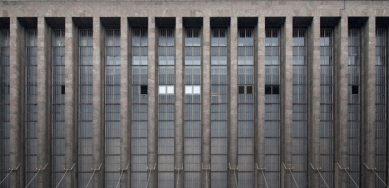
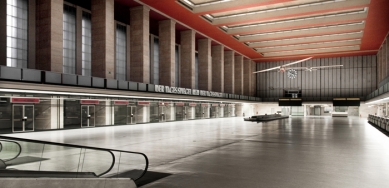
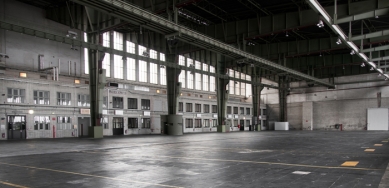
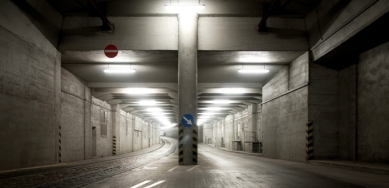
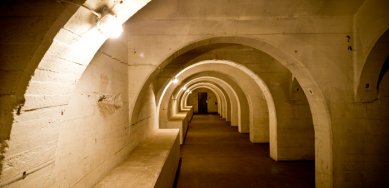
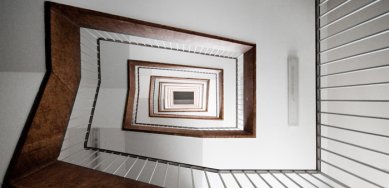
0 comments
add comment
Related articles
0
14.05.2014 | In Berlin, the campaign against the development of the Tempelhof airport area is gaining momentum
0
13.05.2012 | From Hitler's megalomaniacal Germany, only a "sponge" remains in Berlin
0
18.03.2008 | In Berlin, the model of Speer’s project Germania is exhibited for the first time
0
15.11.2006 | Berlin patients may face treatment in Nazi architecture
0
15.08.2006 | Reuters: The future of Berlin's Tempelhof airport is uncertain
0
30.05.2006 | Film about the capital city of the world Germania











